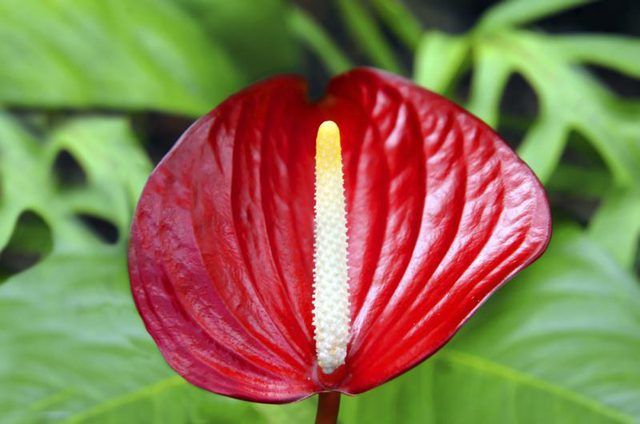Bulbs
Flower Basics
Flower Beds & Specialty Gardens
Flower Garden
Garden Furniture
Garden Gnomes
Garden Seeds
Garden Sheds
Garden Statues
Garden Tools & Supplies
Gardening Basics
Green & Organic
Groundcovers & Vines
Growing Annuals
Growing Basil
Growing Beans
Growing Berries
Growing Blueberries
Growing Cactus
Growing Corn
Growing Cotton
Growing Edibles
Growing Flowers
Growing Garlic
Growing Grapes
Growing Grass
Growing Herbs
Growing Jasmine
Growing Mint
Growing Mushrooms
Orchids
Growing Peanuts
Growing Perennials
Growing Plants
Growing Rosemary
Growing Roses
Growing Strawberries
Growing Sunflowers
Growing Thyme
Growing Tomatoes
Growing Tulips
Growing Vegetables
Herb Basics
Herb Garden
Indoor Growing
Landscaping Basics
Landscaping Patios
Landscaping Plants
Landscaping Shrubs
Landscaping Trees
Landscaping Walks & Pathways
Lawn Basics
Lawn Maintenance
Lawn Mowers
Lawn Ornaments
Lawn Planting
Lawn Tools
Outdoor Growing
Overall Landscape Planning
Pests, Weeds & Problems
Plant Basics
Rock Garden
Rose Garden
Shrubs
Soil
Specialty Gardens
Trees
Vegetable Garden
Yard Maintenance
How to Care For an Anthurium
How to Care For an Anthurium. Flowering perennials in the Anthurium genus are most often grown indoors in containers that are taken outside in warm weather and returned inside when the weather cools in autumn. Anthuriums contain calcium oxalate crystals which can be toxic in some circumstances for people and pets. If you consume any part of an...

Flowering perennials in the Anthurium genus are most often grown indoors in containers that are taken outside in warm weather and returned inside when the weather cools in autumn. Anthuriums contain calcium oxalate crystals which can be toxic in some circumstances for people and pets. If you consume any part of an anthurium it can cause irritation to the mouth and digestive system, while eyes and skin may become irritated if they come into contact with sap.
Growing Basics
Anthuriums evolved in the tropics and will grow outdoors in U.S. Department of Agriculture plant hardiness zones 10 and 11. If you grow one in a pot, it must have a drainage hole -- you can help it drain better by putting 1 or 2 inches of pebbles on the bottom. Plant anthuriums in a mix of equal parts perlite, pine bark and peat moss. When the roots fill the pot, about every 2 years, repot in a larger pot. Anthuriums have no serious disease or insect problems other than those that commonly afflict potted plants growing indoors.
Light and Temperature
Place indoor potted anthuriums in bright, diffuse light, ideally between 5 and 8 feet from a window. Too much sun can brown the tips of the leaves and bleach their centers. Not enough light will cause slower flowering or no flowers at all. Anthuriums grow best at 60 to 85 degrees Fahrenheit, with night temperatures ranging from 70 to 75 degrees F and day temperatures between 78 to 90 degrees F. They grow slowly with yellowing lower leaves at night temperatures between 40 to 50 degrees F. Their foliage burns and their flowers fade and drop at day temperatures above 90 degrees F. Keep your anthurium pot away from drafts, ventilator grills and heat ducts. They donít mind shade if you grow them outdoors. Too much sun will cause them to lose color in the center of their leaves and their leaf tips to turn brown.
Water and Fertilizer
Whether indoors or out, let the soil dry out slightly in between waterings; roots should stay moist but not soggy. Mist an anthurium once a week to give it some humidity. For one gallon of container growing mix, spread 1/2 teaspoon of slow-release 14-14-14 fertilizer on the surface once a month and water well. Fertilizer can cause salts to build up in pots, causing dry leaves, brown roots and stunted growth, eventually wilting and killing the plant. You will see the salt collect on the outside of clay pots and around the drainage hole. To prevent salt from building up, leach your pot every four to six months by pouring twice the amount of water through a pot than it can hold, and let it drain completely.
Propagation
You can propagate anthuriums by division, by planting cuttings and by planting seeds. Division is the easiest. As an anthurium matures in a pot, it will develop multiple plants, each with its own roots. Simply divide these separate plants carefully early in the spring through summer growing season and plant them in separate pots in a warm location. Keep the potting soil moist and they will grow and mature. As an anthurium matures it will be leggy, having more stem than leaves. You will see what appear to be roots growing at various points on the stem. Simply cut the stem just below the roots and plant it in a pot. Treat it just as you would if you separated the plants. The roots that grew on the stem will grow in a pot. Before using your knife or pruning shears, soak them for two to five minutes in a 70 percent solution of ethanol alcohol and let air dry. You can also plant anthurium seeds, but it will take from two to five years to yield a flowering anthurium.